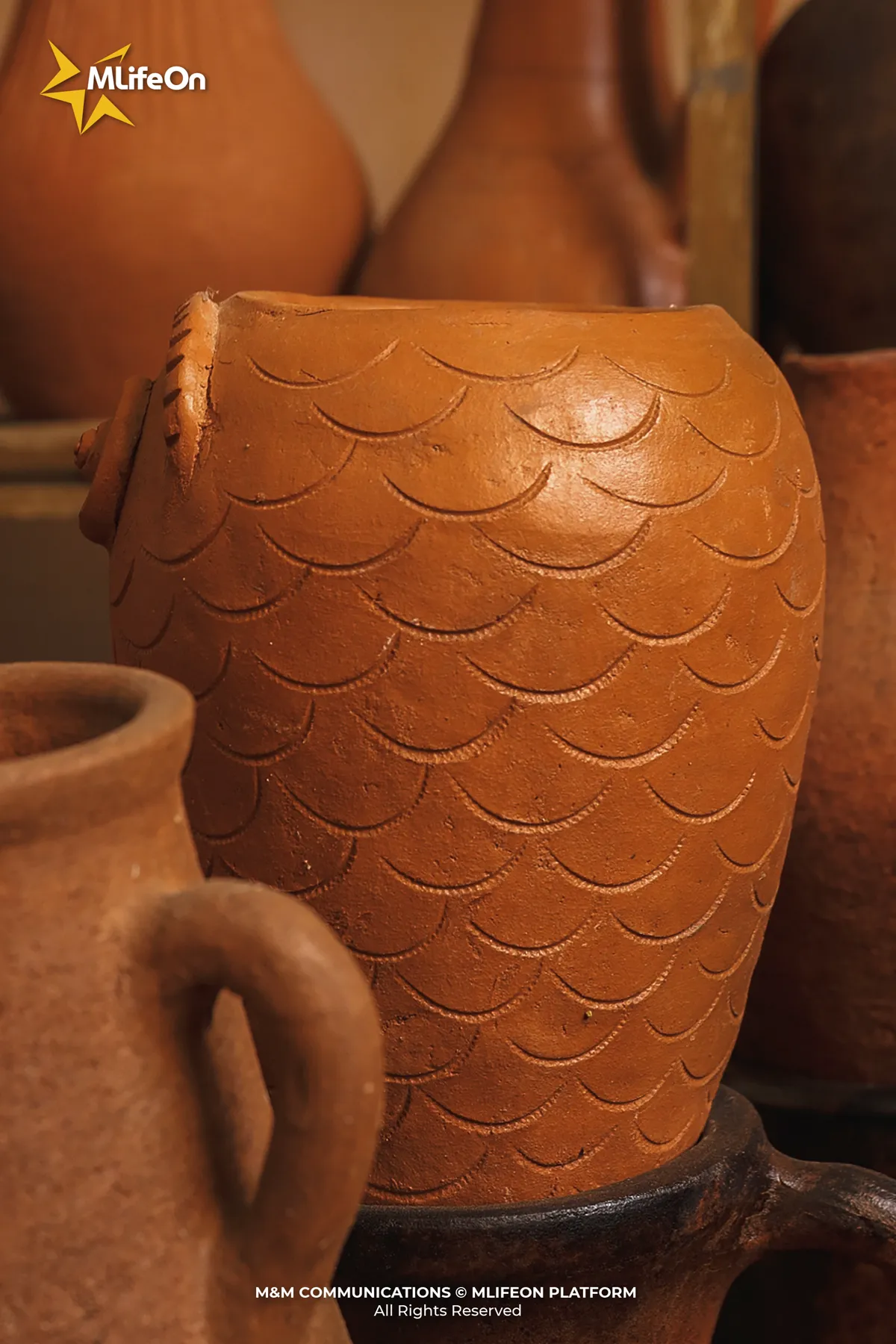“The land is where I go to school
The water is where you bathe
The country is where we meet”
Not only is it the foundation of all activities, an essential part of life, soil is also a memory shaped into shape, a culture baked through fire, the soul of a community passed down through generations.
And in Khanh Hoa province (old Ninh Thuan area) there is also such a place - where the land does not lie still, but comes alive under the hands of the Cham community, turning into vases, pots, or clay statues... carrying the breath of an ancient culture in each Bau Truc Cham ceramic product.
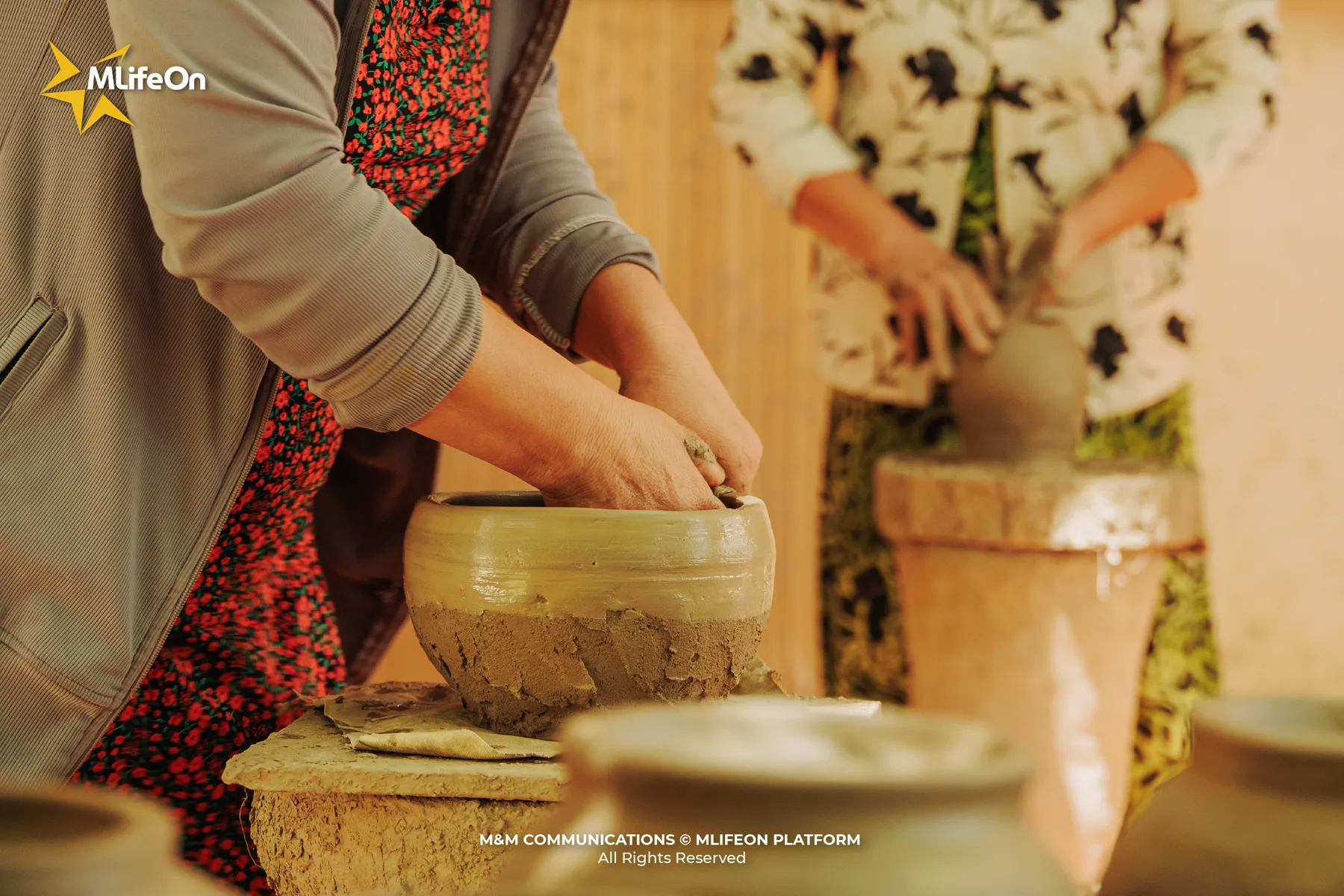
The oldest pottery craft in Southeast Asia
According to legend, the pottery making profession of the Cham people in Bau Truc pottery village (originally named Palei Hamu Craok) in the old Ninh Thuan area - now in Khanh Hoa province, appeared more than 700 years ago. Through many generations, the Cham people here still maintain the traditional method of making pottery by hand: no wheel, no mold - a rare technique in the modern world.
Many researchers believe that Bau Truc is the oldest handicraft pottery village in Southeast Asia, specifically:
The people of Palei Hamu Craok village believe that Po Klaong Can is the founder of the craft - a historical figure who taught pottery making techniques to the Cham community from the 12th to 13th centuries. In the folk consciousness, he is not only the founder of the pottery craft, but also a symbol of ingenuity, creativity, and attachment to the land.
However, according to in-depth research from the fine arts, history, anthropology, and archaeology, the pottery making technique in Bau Truc bears many ancient traces. Many characteristics in the manufacturing process, product shape, and outdoor firing method show clear similarities with the pottery making techniques of the Champa culture, even the Sa Huynh culture - a culture dating back about 3,000 years.
It is these intersections that have led many scholars to hypothesize that Bau Truc Cham pottery may be one of the oldest pottery crafts still existing in Southeast Asia. Although it is not possible to confirm absolutely due to the lack of comprehensive comparative studies, one thing is certain - Palei Hamu Craok today is still a rare traditional ceramic production center that still exists in Vietnam, where the past is still being shaped every day.
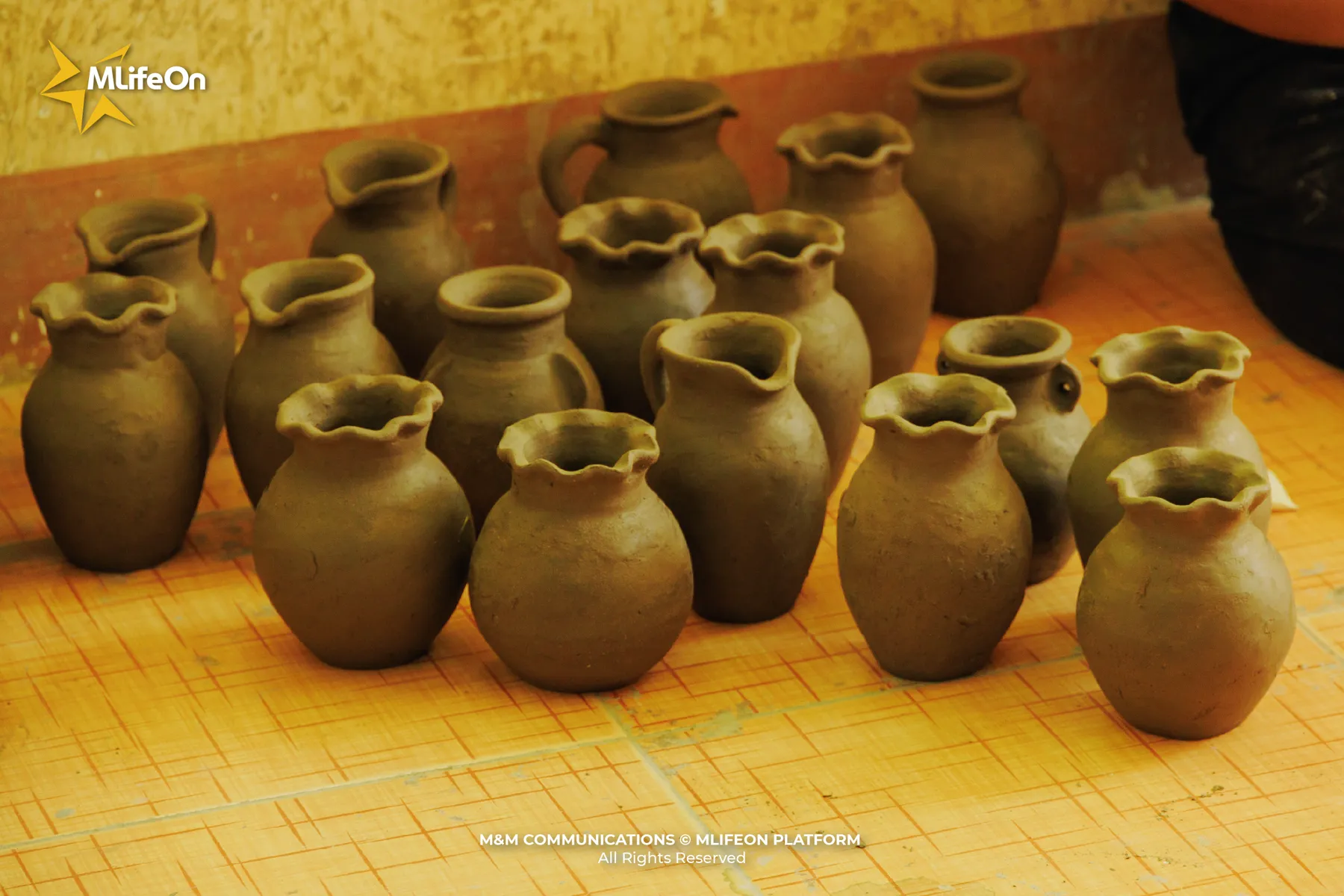
The first time I touched Bau Truc Cham ceramic products, the most obvious feeling in the palm of my hand was not the roughness of baked clay, but the warmth of time, the sophistication of memory, and the endurance of a craft that has overcome hundreds of years of change.
Where the sun and wind nurture art
About 10km south of Phan Rang city (old Ninh Thuan area), Bau Truc pottery village is located in the middle of the sunny and windy land of the South Central Coast with 94% of the population being Cham, and almost every family has a potter.
The craft village space is not only a place of production, but also a place for cultural activities, a place to pass on the craft, and a place to preserve national identity. Small roads, handmade kilns, drying yards... all create a vivid picture of a craft village quietly existing in the era of industrialization and modernization.

Art from the hands
The most special thing about Bau Truc Cham pottery is that the manufacturing process is almost entirely by hand, without using a turntable. The craftsman uses his hands to mold each layer of clay, creating the shape by feeling and experience. After that, the product is decorated with traditional patterns, then dried in the sun and fired with firewood in a clay kiln.
The process of making Bau Truc Cham pottery can be summarized in the following steps:
Prepare clay: Dry the soil, soak it in water for 12 hours, mix sand in a 1:1 ratio and knead by hand and foot until soft.
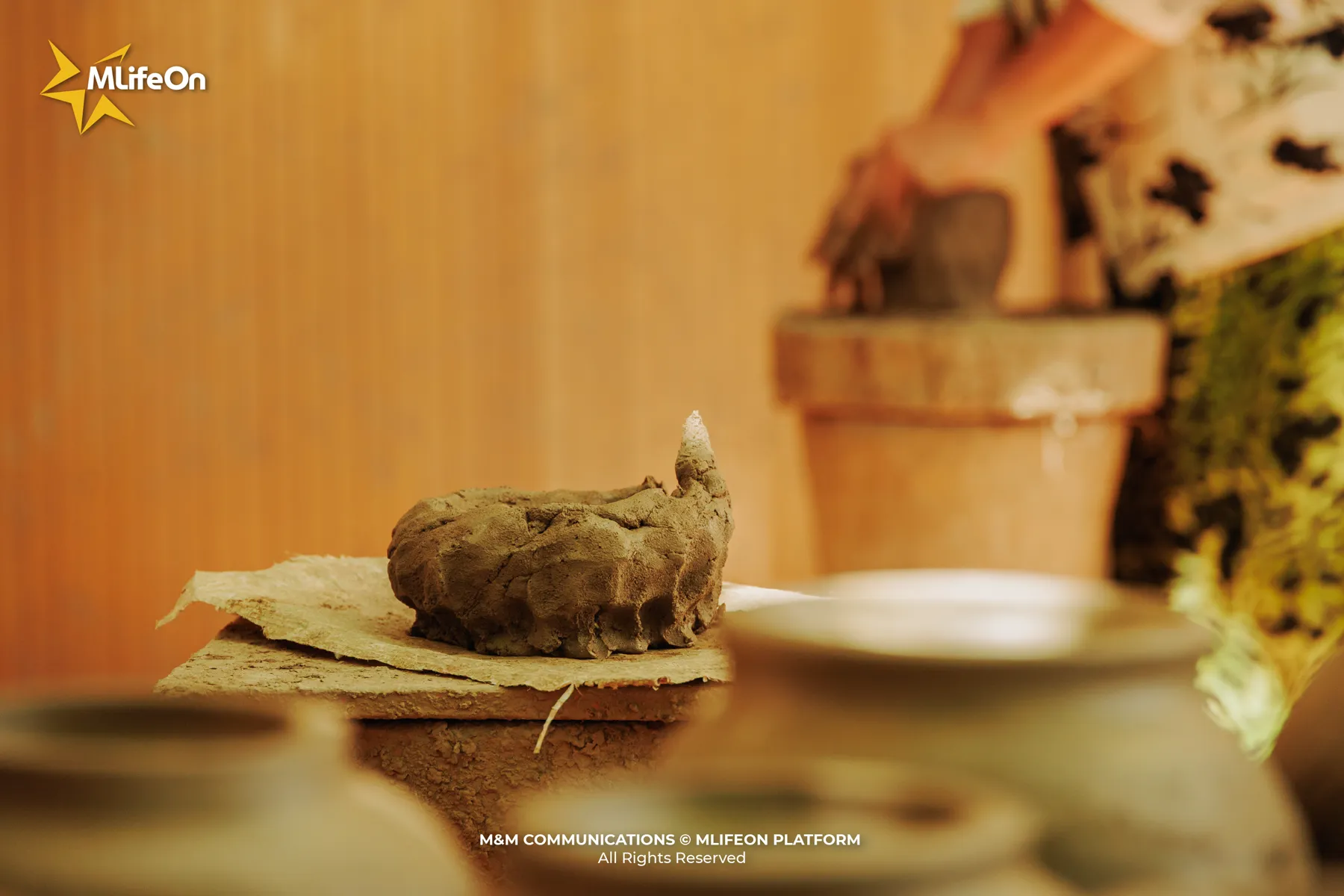
Shaping: The clay is molded into a “pumpkin” shape and placed on a stone, then shaped by hand and smoothed with large bamboo rings (kagoh) and cloth (tanaik).
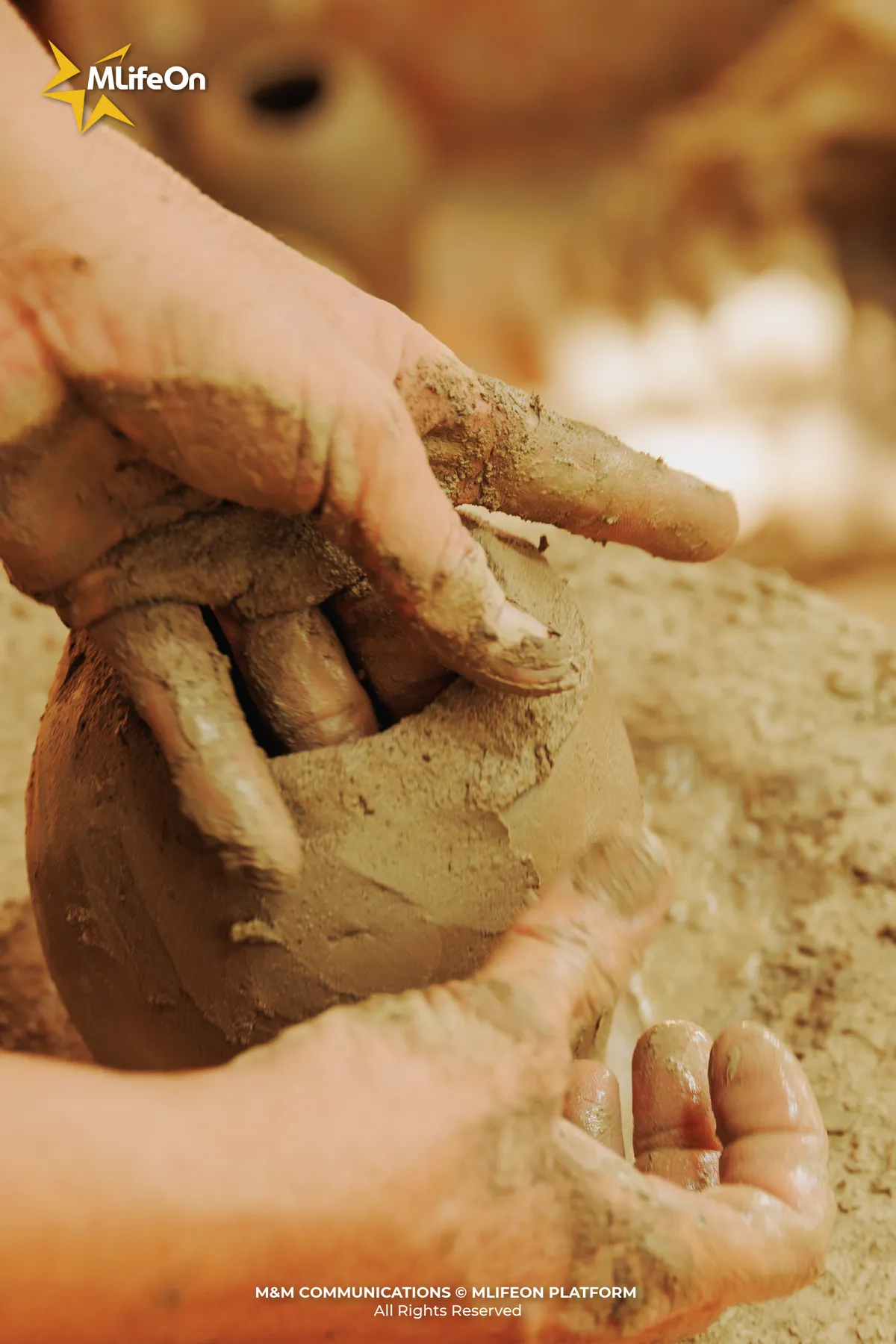


Decoration: Potters use knives, combs, shells, leaves, etc. to create traditional patterns such as water waves, sawtooth, plant and sea motifs. Recently, human and animal motifs in the ancient Champa style have also been added.
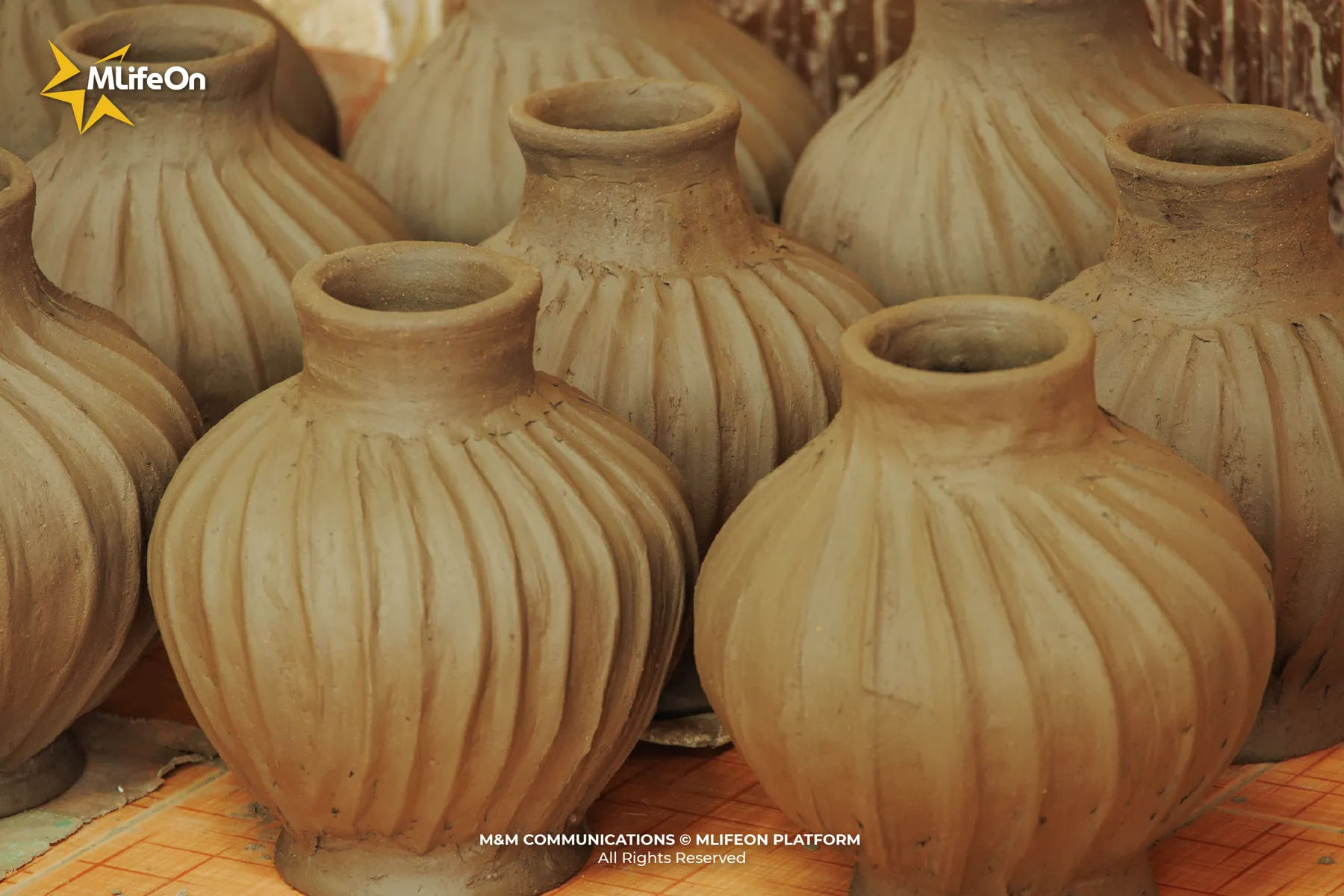
Drying and firing: The pottery is dried in the shade and then fired outdoors with firewood, straw and rice husks for 2-3 hours. After firing, it can be coated with vegetable paint to enhance the aesthetics.
Once I sat with a Bau Truc Cham pottery artist, watching her mold each curve on a vase, I understood that: art is sometimes experience, patience and love for the profession.
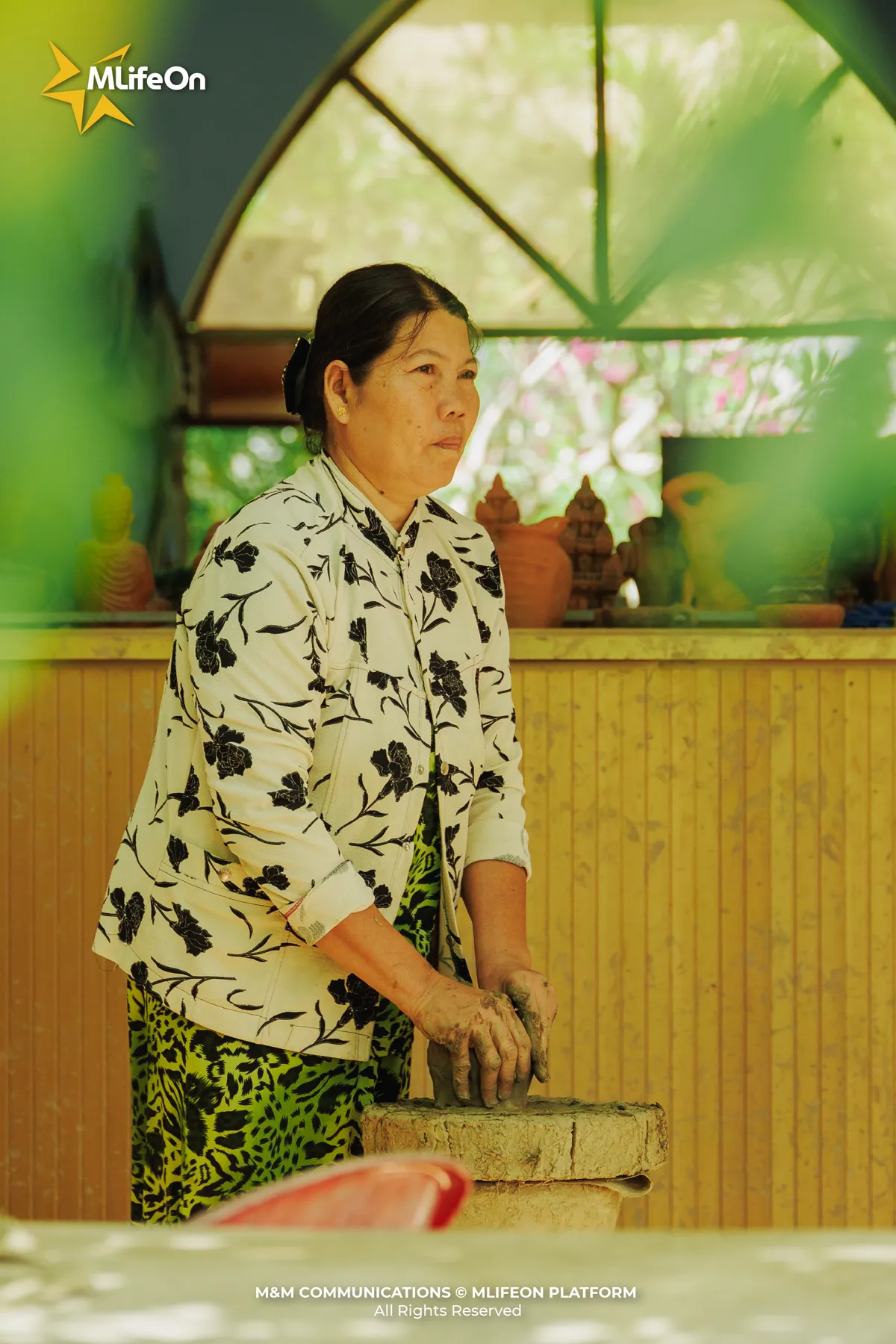
Bau Truc Cham pottery includes 5 main groups:
-
Large and small pots (gaok praong, gaok asit): Used for cooking, storing water. These products have a round bottom, small mouth, large body, and are 20cm high.
-
Pots (klait, glah): Featured with a bell mouth, short neck, thick body, and small bottom. Cooking products, usually about 20cm high.
-
Jars and jars (jek, khang): Used to store water, salt, and rice. Characteristic is a curved mouth, a standing neck, a round body, and about 40cm high.
-
Portable cooking pots (wan laow): Rough pottery, with a base, flat bottom, used as a grill or to boil water.
-
Toys and decorations: Shapes of buffalo, cows, people, musical instruments, etc. for children or for home decoration.
Simple but soulful products
Bau Truc Cham pottery has unique characteristics, not only creating a technical difference but also deeply reflecting the Cham cultural identity. Each ceramic product here is the result of a combination of sophisticated manual skills, traditional aesthetic thinking and close attachment to the motherland.
The first highlight is the completely hand-made method, without using a turntable like most other pottery villages. It is this craftsmanship that makes each Bau Truc Cham pottery product individual, as if each vase, each pot has its own soul.
Second, Bau Truc Cham pottery retains the natural color of the soil, without glaze, without elaborate painting. The reddish brown, earthy yellow or ash gray color of the product is the result of the outdoor firing process with firewood, straw and rice husks - creating a rustic, close but deep beauty. Each color is a mark of fire, of time, and of the craftsman's hand.
The decorative patterns on Bau Truc Cham pottery are also a special highlight. These patterns not only beautify the product, but are also the way the Cham people tell their cultural story - a wordless, but expressive way of storytelling.
Finally, the diversity in shape and function of Bau Truc Cham pottery also makes this craft village special. From water jars and earthen pots used in daily life, to statues of gods, decorative objects with spiritual and artistic values - each product reflects an aspect of Cham people's life.
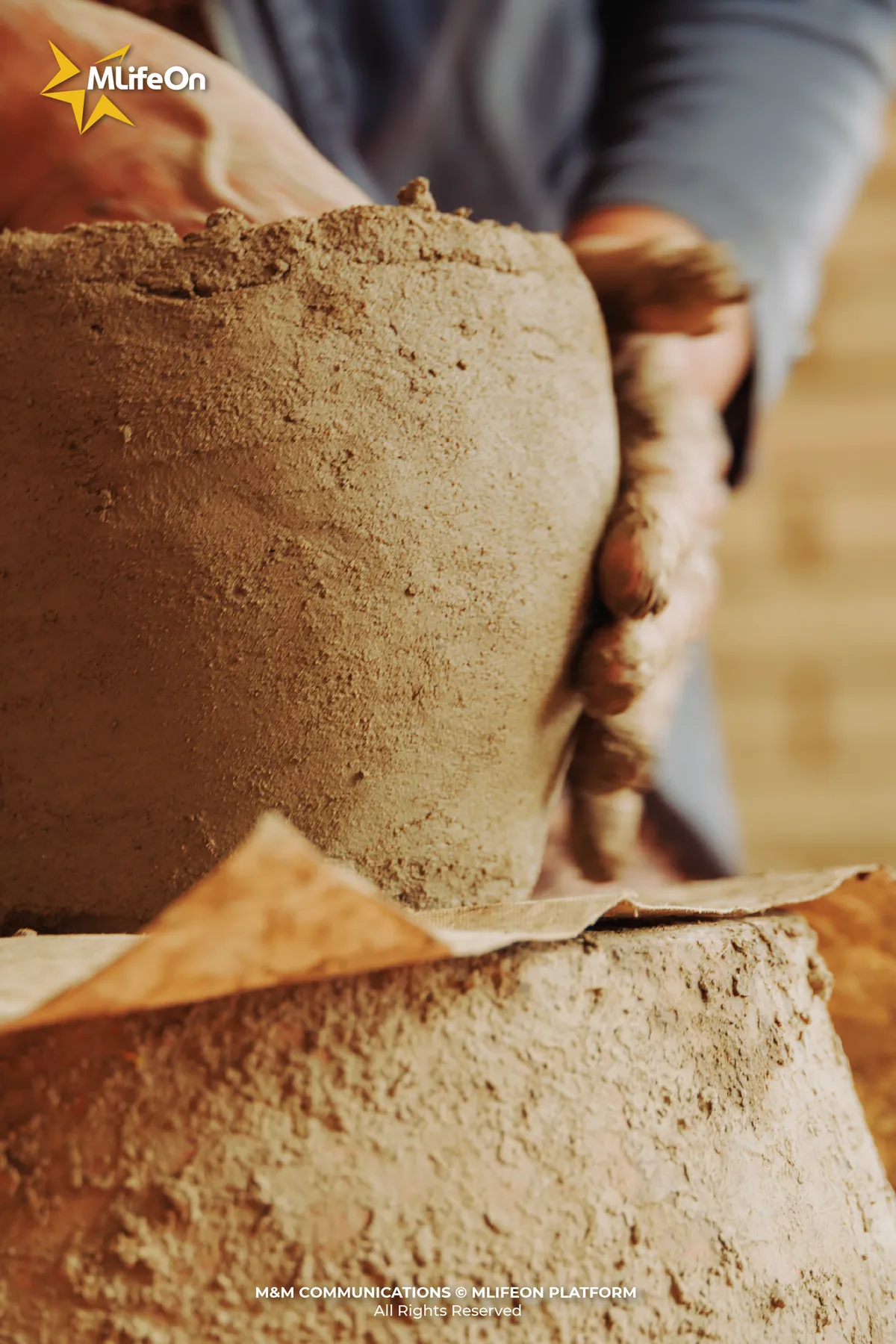

It can be said that Bau Truc Cham pottery is not only an item, a profession, but also a part of life, of memory, and of Cham culture being preserved through each layer of baked clay.
Preserving the craft, preserving the soul
In 2018, Bau Truc Cham pottery was recognized by UNESCO as an Intangible Cultural Heritage in need of urgent protection. This is not only a recognition, but also a warning: if not preserved, a part of the culture, a part of the Cham soul will disappear.
So after being recognized as a Heritage, Bau Truc Cham pottery has received more attention and care from the local authorities and the state. From there, there are proposals and appropriate projects for the development and preservation of this Heritage that is facing the risk of fading away. Up to now, Bau Truc pottery village has become an attractive cultural tourism destination. When visiting here, visitors can:
-
Visit the pottery making process
-
Experience making pottery with artisans
-
Buy unique handmade products
-
Learn about Cham culture through stories of passing down the craft
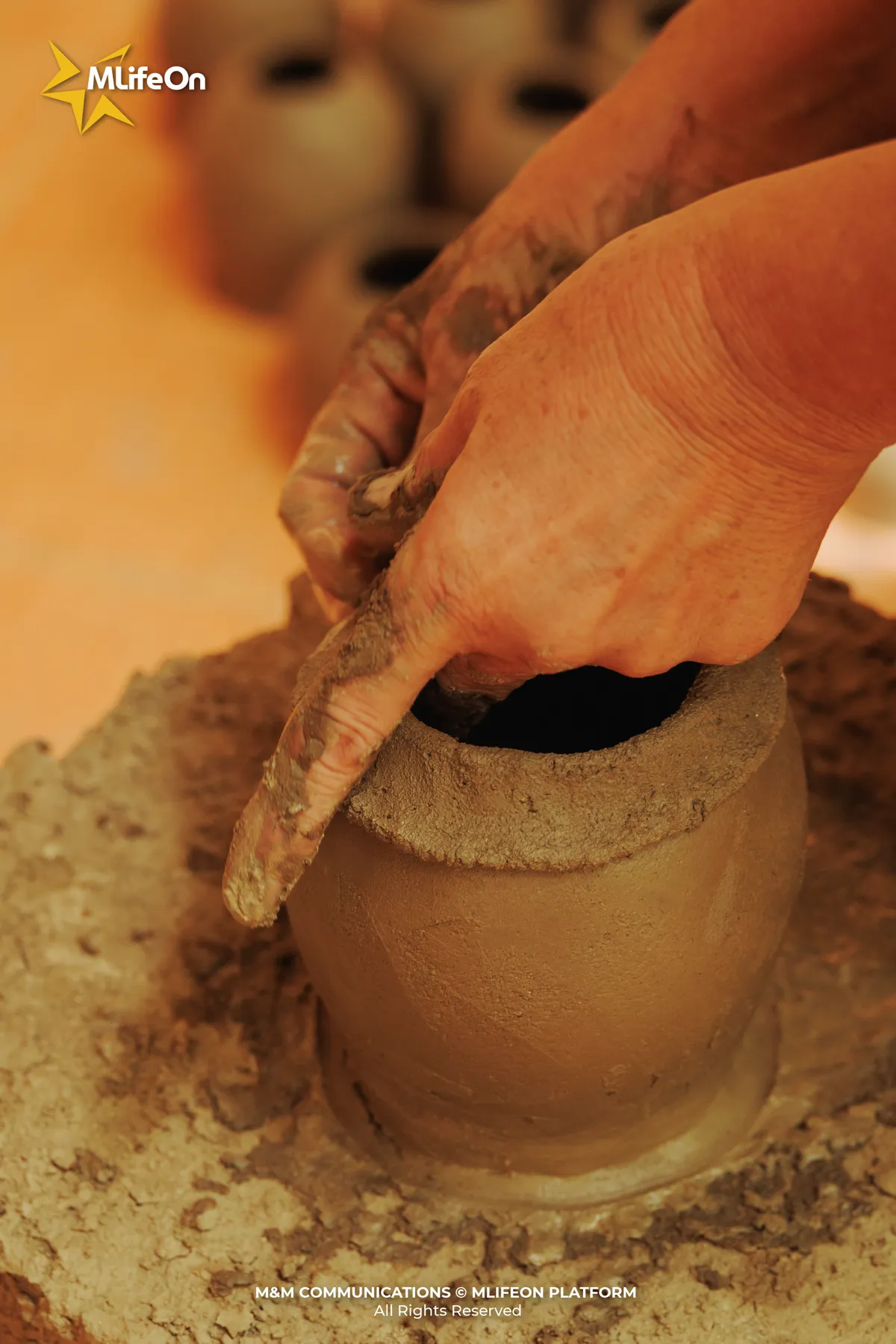
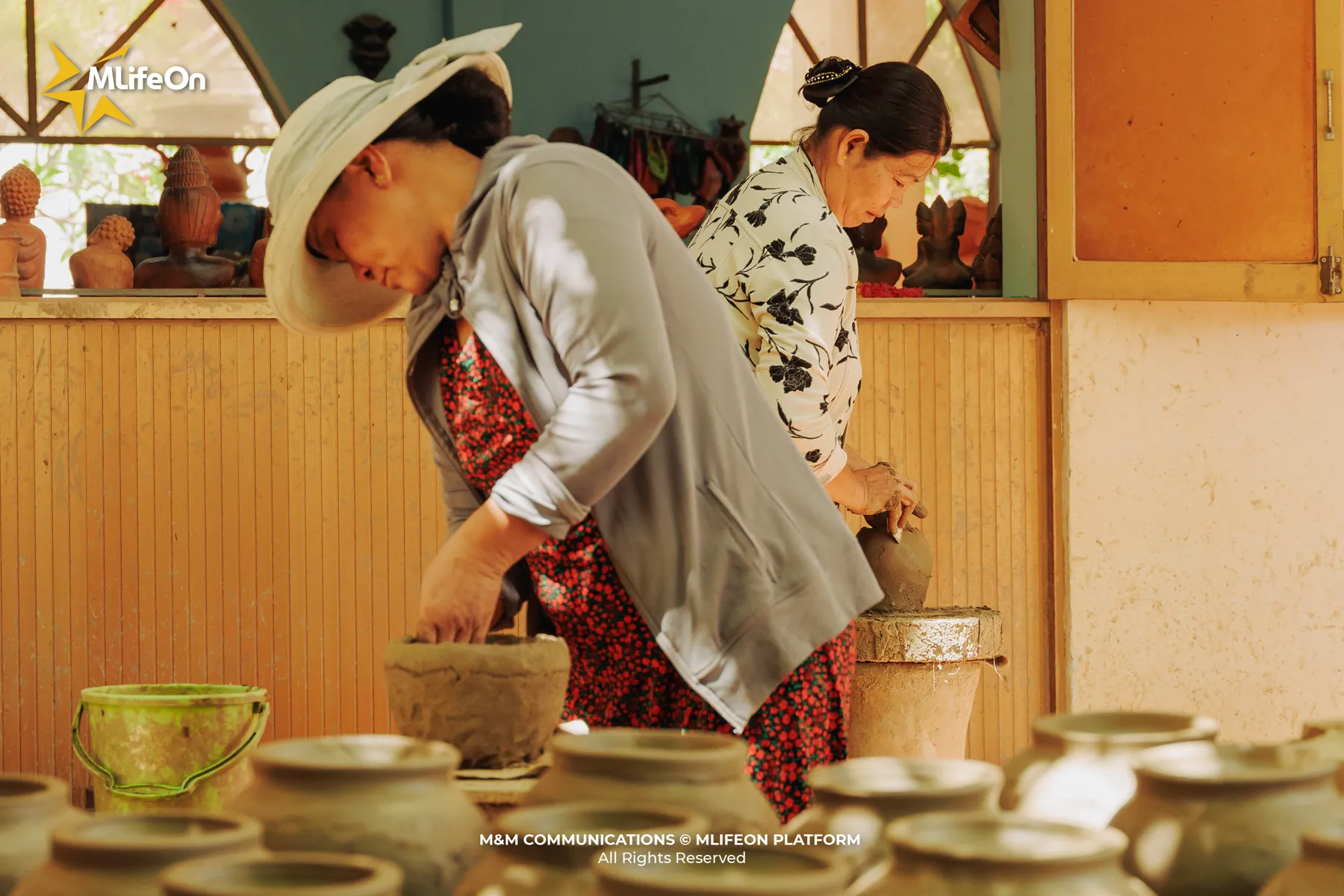
Bau Truc Cham Pottery - More Than a Craft
Bau Truc Cham Pottery is not just a handicraft, but a symbol of perseverance, creativity and identity. In the age of technology, there are still diligent hands, kneading clay, shaping, telling stories through products every day - as a way to preserve memories, preserve culture, the very soul of the Cham people.
If you ever come to Khanh Hoa province (old Ninh Thuan area), visit Bau Truc pottery village. Not necessarily to buy a piece of pottery, but to listen to the story of a culture - still being preserved through every line of each terracotta product.

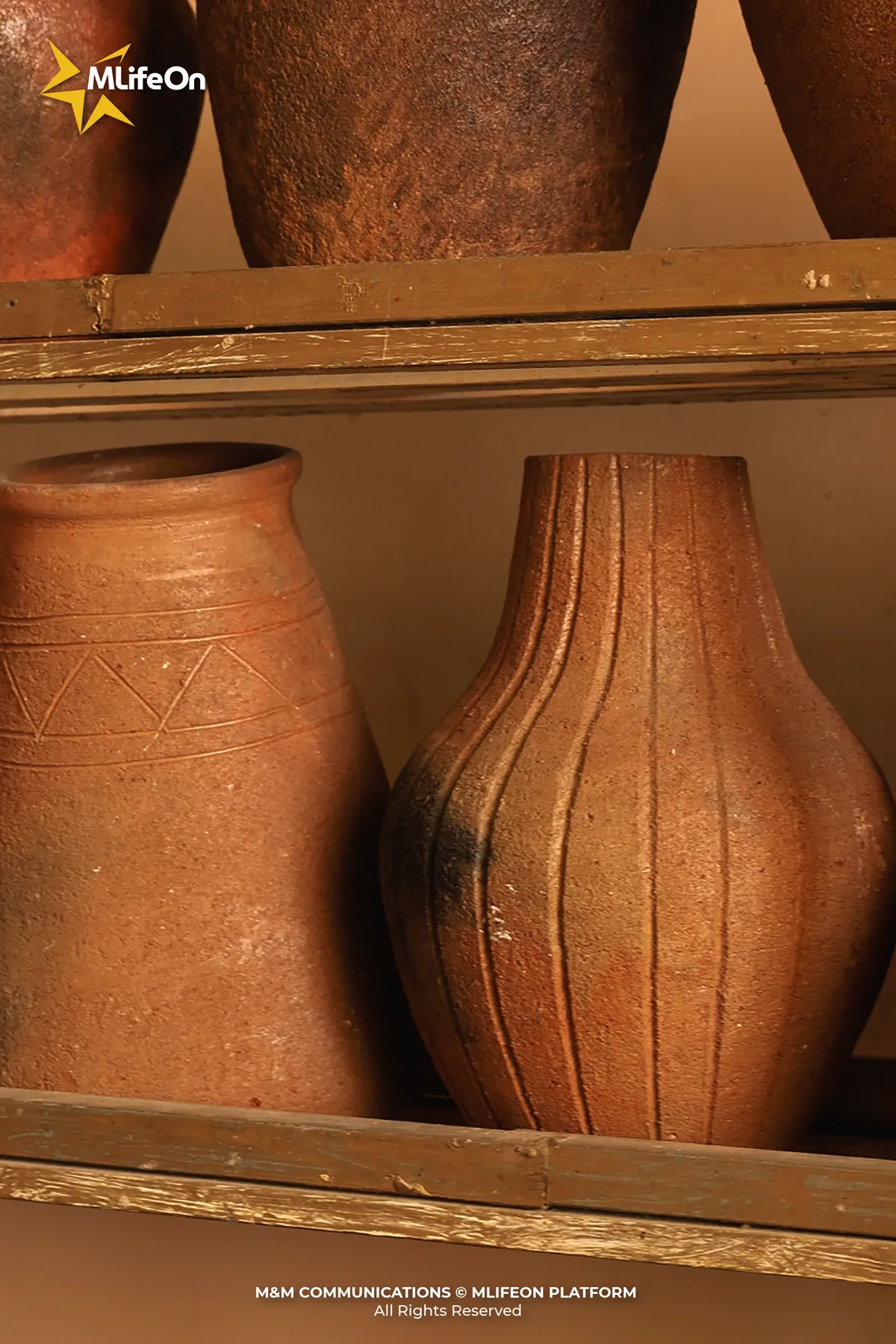
—-----
CREDIT:
- Photography: Kien Trang
- Content: Giang Huynh
- Design: Trung Huynh
